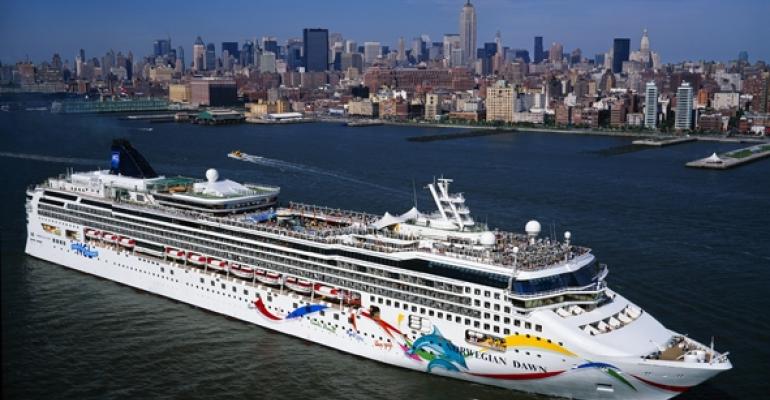The contract calls for independent naval architecture and marine engineering consultancy services to ensure installations on five Norwegian ships are fully IMO-compliant.
After an initial project involving the surveying, installation feasibility study, design drawings and documentation for class approvals on Norwegian Dawn, Foreship was invited to provide the same service for the Norwegian cruise ships Pearl, Sky, Jade and Spirit.
The Ballast Water Management Convention enters into force on September 8, 2017 and requires all ships affected to have a treatment system on board to neutralize invasive species discharged in ballast water in time for their 'first IOPP renewal survey'.
Most ships will therefore need a BWTS between 2017 and 2021.
'Environmental responsibility is a core value for NCL, and we welcomed the clarity brought by entry into force of the BWM Convention,' said Giovanni Canu, vp technical operations, Norwegian Cruise Line.
Work to install compliant BWMT on Norwegian Dawn began within a month of ratification.
'Foreship quickly showed its value in ensuring the project proceeded smoothly to class requirements, leading us to extend to five ships,' Canu added.
'We need to manage BMTS installations effectively fleet-wide; there will be high demand once shipping moves decisively on compliance.'
Foreship’s full scope includes mechanical and electrical design work to DNV-GL requirements, taking in diagrams for BWTS foundation support structures, piping routing, machinery arrangements, cabling diagrams and systems integration. Foreship is also contributing on-site installation support, where required, with the bulk of work to take place while ships are in service.
'We are an independent consultancy and recommend shipboard systems in the configurations which are most beneficial for each ship,' says Kim Palén, operations manager, Foreship.
'In the case of Norwegian, Alfa Laval’s PureBallast 3.1 BWMS had already been selected, with switchboards and automation cabinets also common across the ships, so we have taken a unified approach.'
Nevertheless, our technical background reports have shown that flexibility is required to take account of variations between different vessels: even sister ships can become more like cousins after different service and refurbishment histories, Palén remarked.
Copyright © 2024. All rights reserved. Seatrade, a trading name of Informa Markets (UK) Limited. Add Seatrade Cruise News to your Google News feed.


